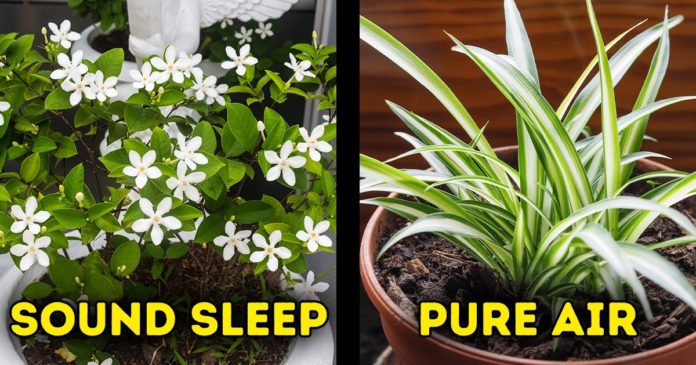
Formaldehyde, carbon monoxide, trichloroethylene, and ammonia — according to a NASA Clean Air report, an average home has all these dangerous toxins. It’s nice that we have big helpers on our hand-indoor plants can absorb up to 90% of these contaminants and chemicals.
1. Jasmine
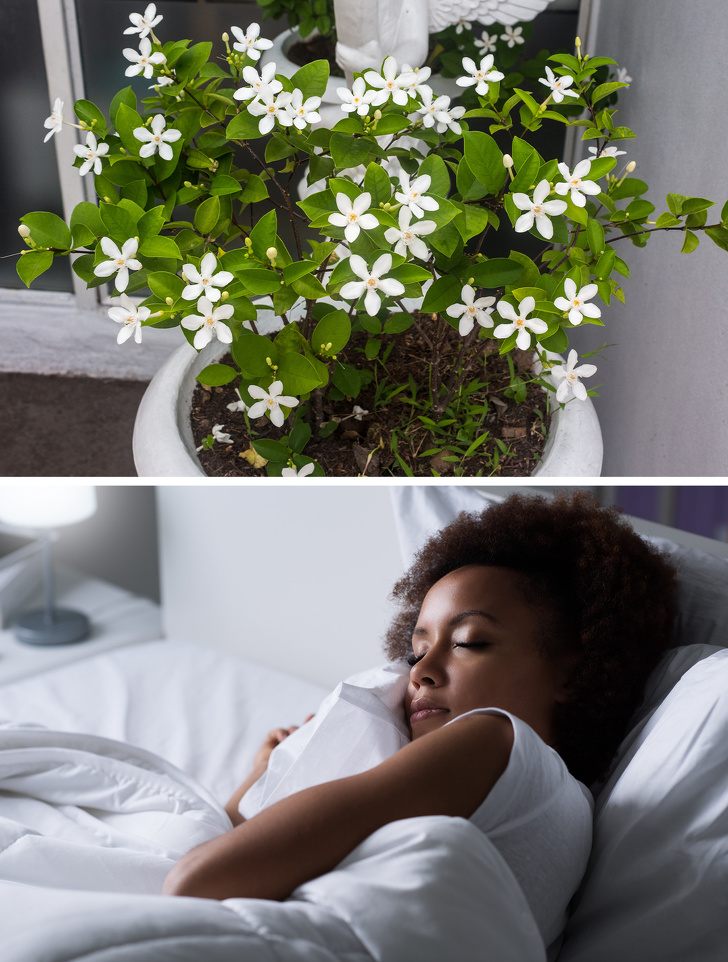
Jasmine has a major effect on our mental health because of a chemical that relieves anxiety, prevents mood swings, improves the quality of sleep, and increases immunity in larger quantities and may even enhance libido.
2. Spider Plant
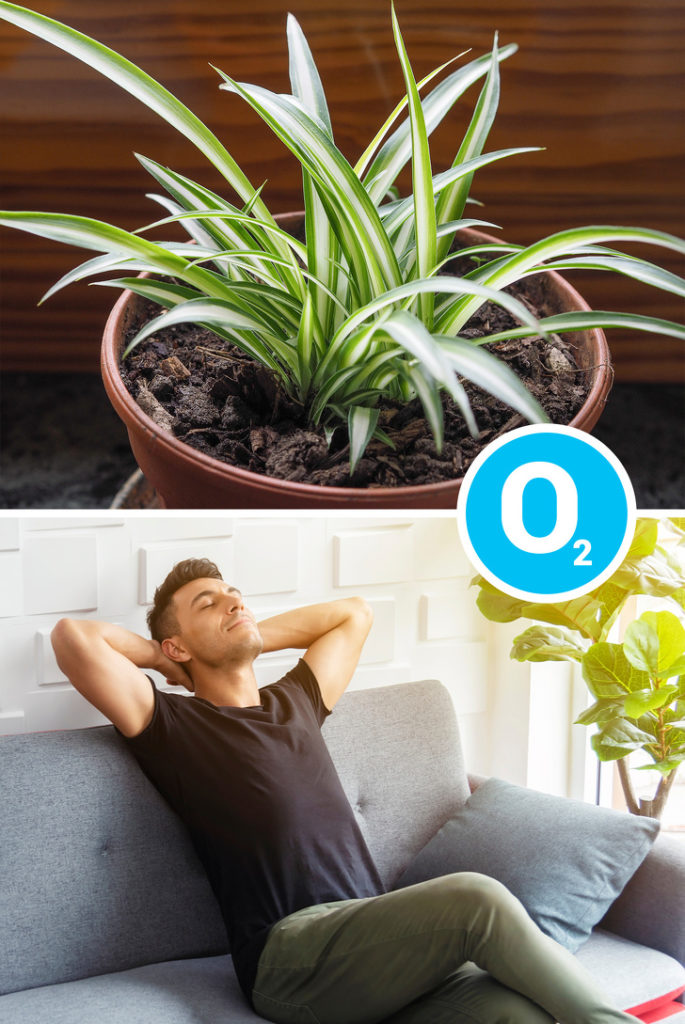
Spider plants are great fighters against formaldehyde, carbon monoxide and other toxic impurities in the air— these pollutants come with paper bags, waxed paper, napkins, plywood panelling and synthetic fabric. If you are not much of a green thumb, a spider plant is ideal for you because it takes little maintenance.
3. Peace Lily
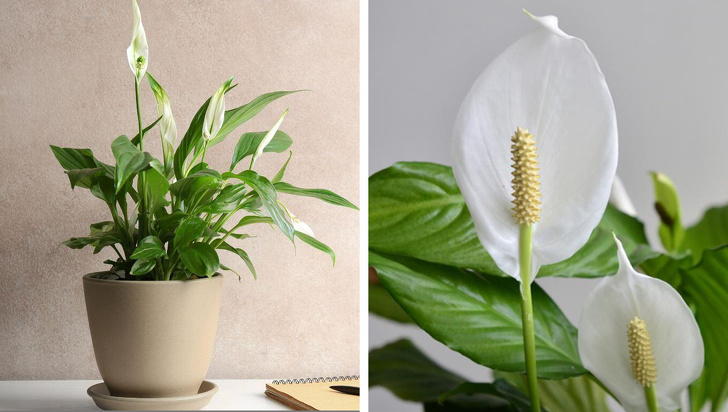
Peace lilies are great for home decor, as they have beautiful white flowers in the summer, but that isn’t all they can do. This houseplant is a pro in removing air pollutants— absorbing ammonia, formaldehyde, and trichloroethylene, and making cleaner indoor air. It also yields pollen and a floral scent (beware, if you have allergies to pollen).
4. Snake Plant
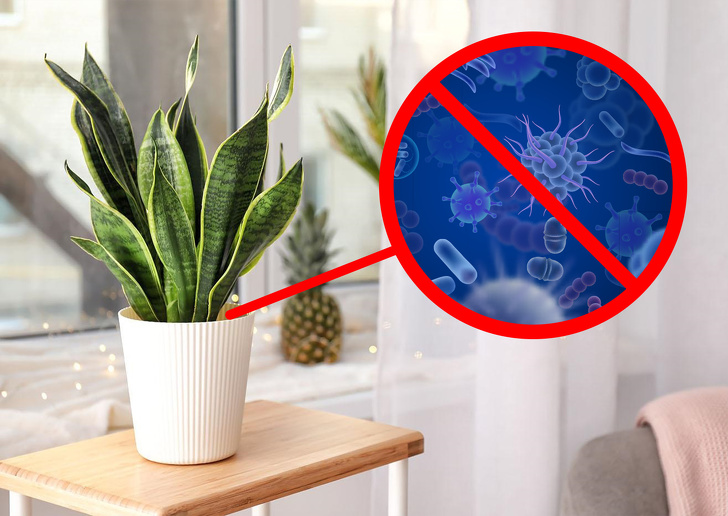
The snake plant is a perfect bedroom houseplant since it is known for improving the quality of indoor air. Snake plants extract all kinds of toxins including trichloroethylene, formaldehyde, toluene, benzene, and xylene. You’ll probably need more than one plant to maximize the air purification process. Considered one of the easiest plants to take care of, snake plants prefer indirect sunlight.
5. Rosemary
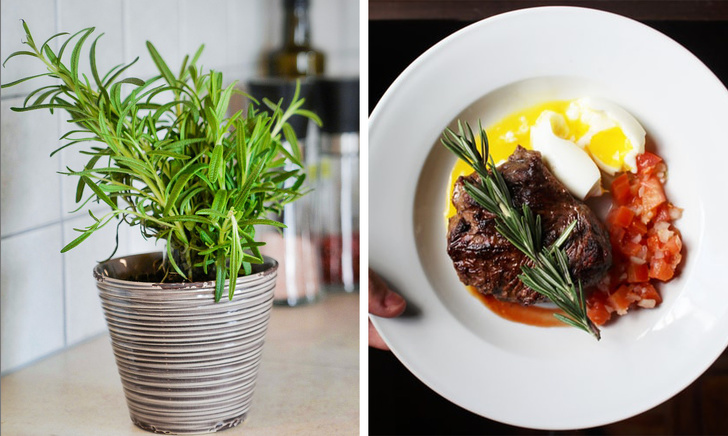
Rosemary is best known as a herb that enhances memory and concentration. This is also used for alleviating muscle pain and strengthening digestive and circulatory systems. The fresh leaves can be used as a bonus in cooking.
6. English Ivy
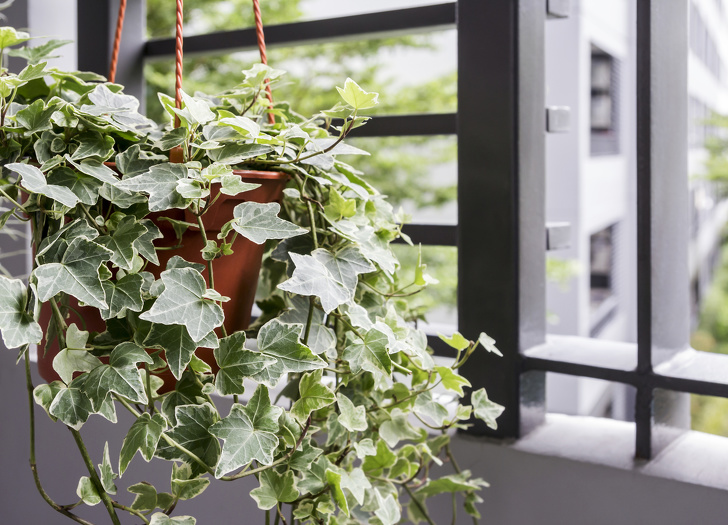
English ivy purifies up to 90 per cent of the airborne mould that can cause allergies and allows people with asthma to breathe better at night and to sleep in peace. When eaten by pets or small children, be mindful that ivy is poisonous.
7. Lavender
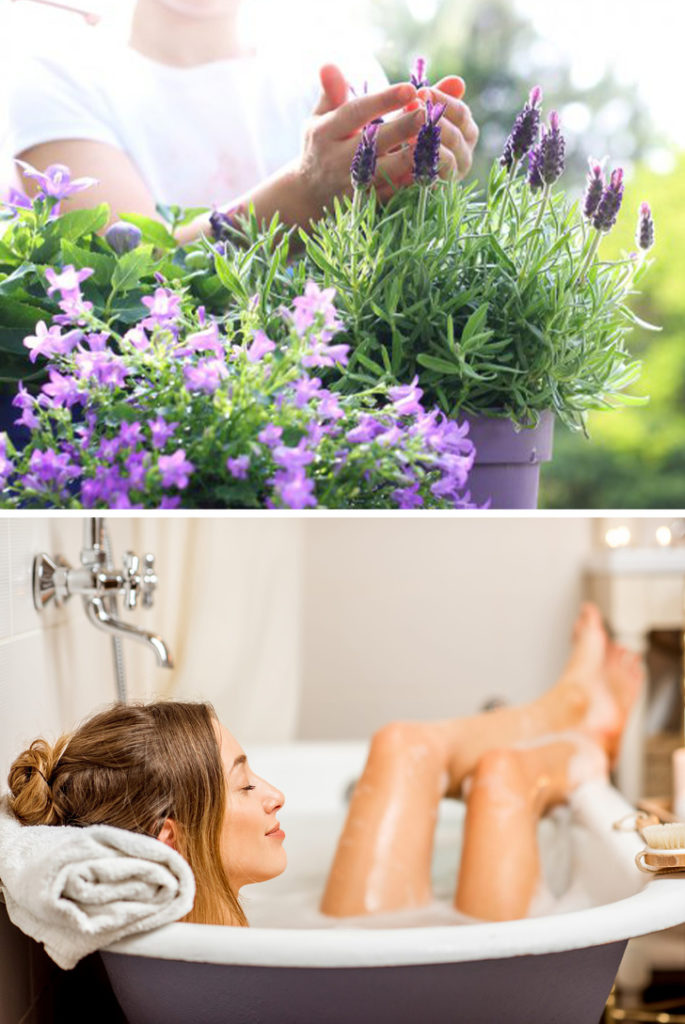
Lavender — like a plant or sachet — is a great help in relieving stress and insomnia, and in alleviating restlessness, nervousness, anxiety and depression.
8. Aloe Vera
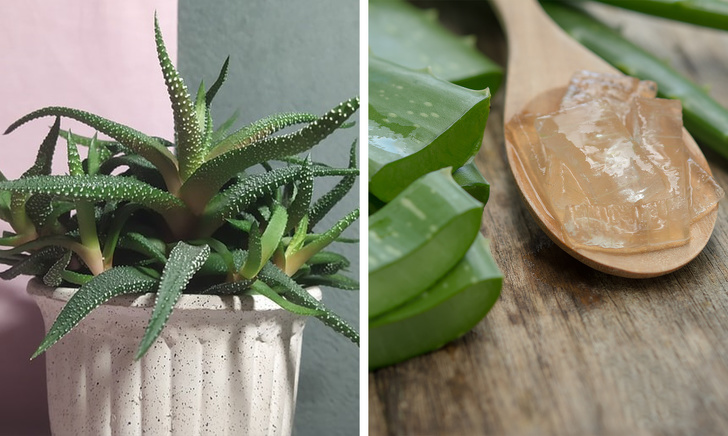
This smoothes and moisturizes irritated skin, and cures burns, sunburn, frostbite, psoriasis and even cold sores.
9. Golden Pothos
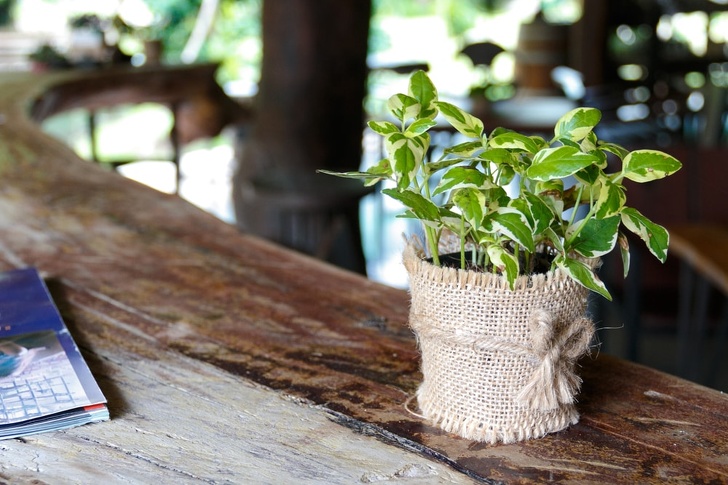
Golden pothos is perfect to extract contaminants such as trichloromethyl from the air— they are used mostly in cement, paint, and detergent. So if you don’t have a green thumb yet, it’s going to be a great starting plant for you.
10. Rubber Plant
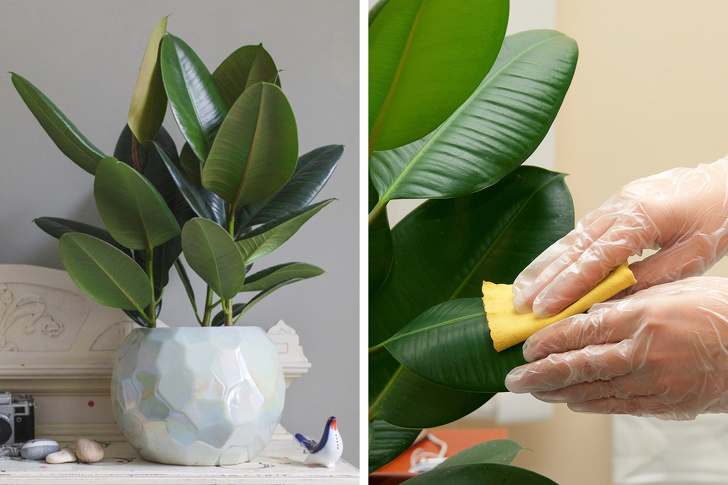
Rubber plants tend to grow large, although they aren’t very hard to care for. The big leaves take all the bad things up out of the rain. So you shouldn’t forget to wipe the dust off the leaves.
11. Bromeliads
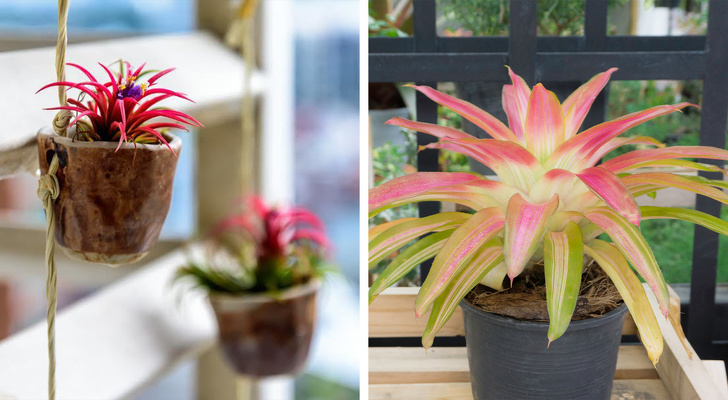
Bromeliads absorb up to 90 per cent of toxic chemicals such as benzene. Bright and sunny spaces to this plant are perfect.
12. Gerbera
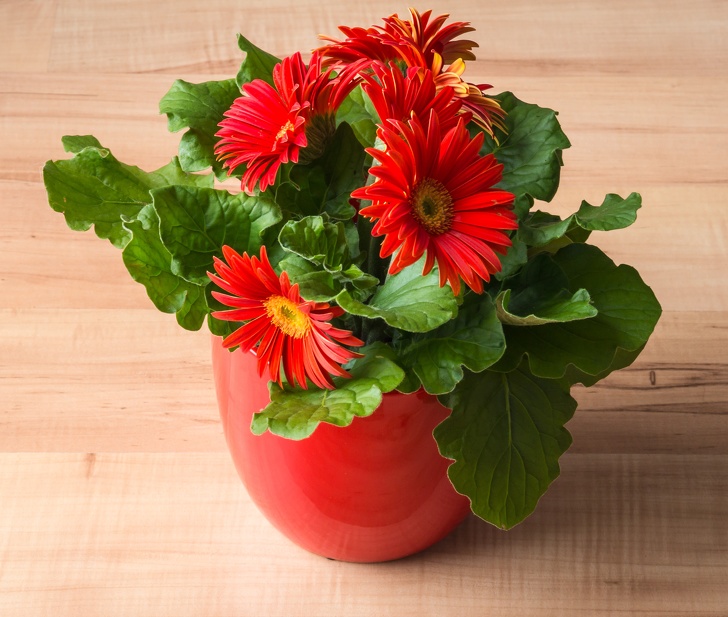
NASA recently called Gerbera the best plant to extract benzene from the indoor air and to produce oxygen at night. According to the Lung Institute, that will benefit those suffering from insomnia and sleep apnea.
13. Boston Fern
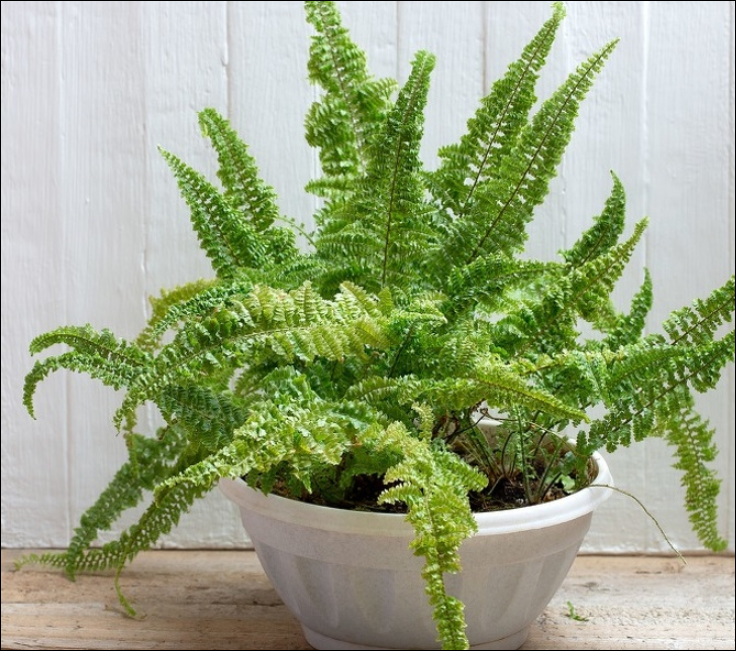
There is a saying that the Boston fern is a great natural humidifier. It also helps cleanse air and battle formaldehyde and other harmful contaminants. Ferns grow easily and prefer indirect sunlight, just check the soil every day to make sure it’s moist.
14. Azalea
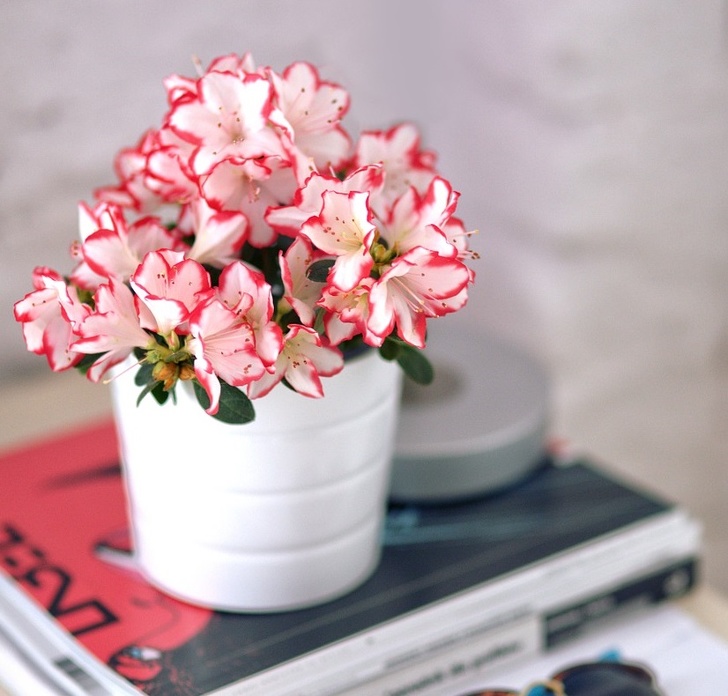
Azaleas boost indoor air by removing toxins, as well as being a beautiful vibrant herb. Make sure the azaleas are misted because they like a moist environment.
15. Philodendron
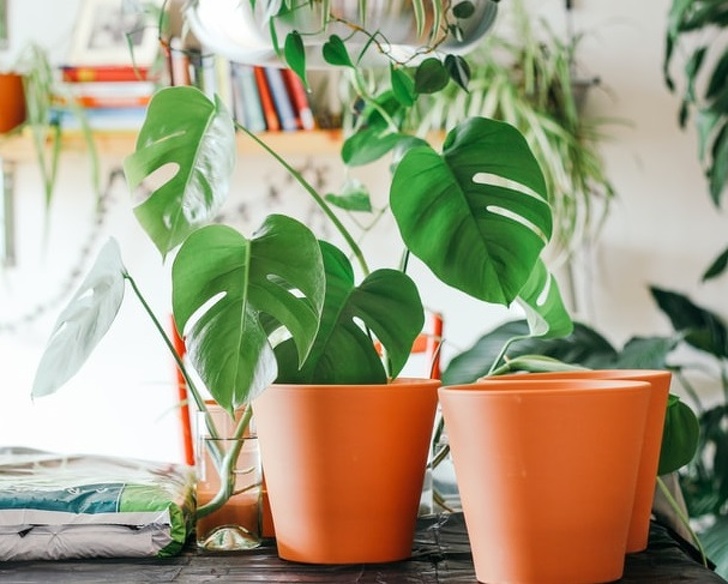
Philodendrons are popular for filtering out airborne toxic chemicals such as xylene and formaldehyde. The plant likes low-light areas and requires little care. Yet, if consumed, it could be unsafe for little kids and animals.
Do you have any of the above plants at home? Do you know of any other useful plants that we may add to the list? We would be pleased to hear from you here in the comments below!
Preview photo credit shutterstock.com, shutterstock.com
